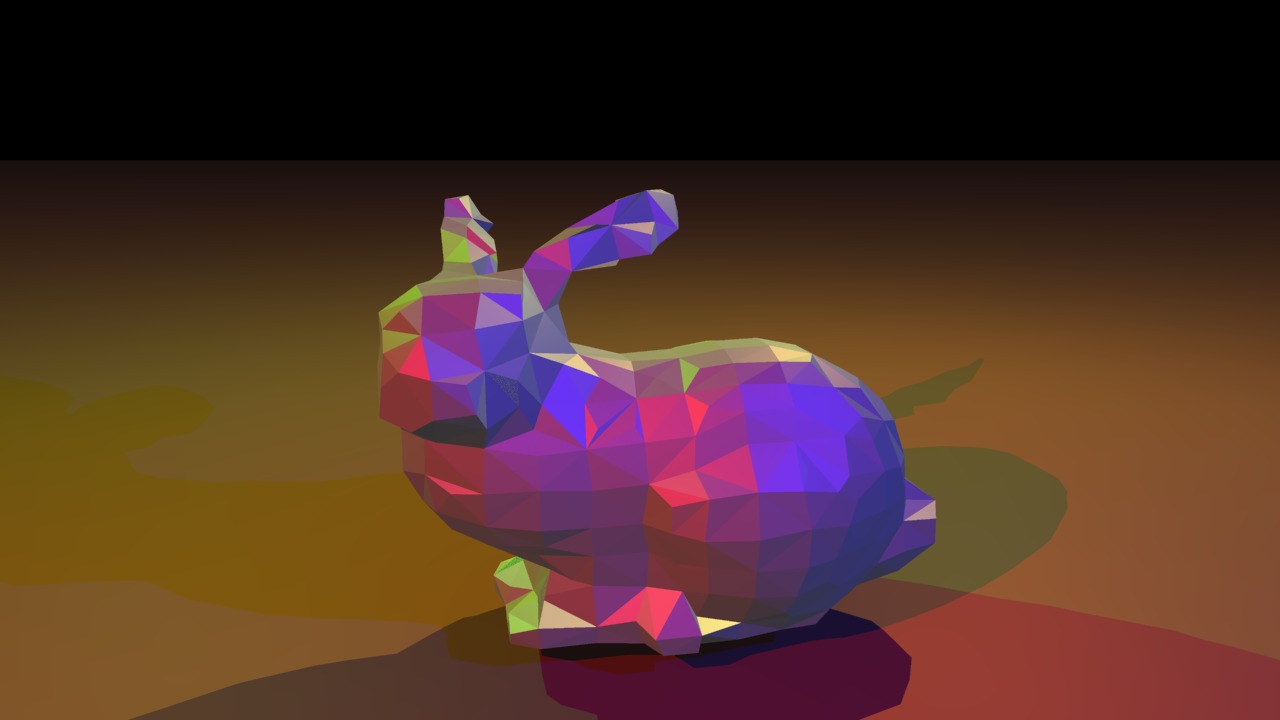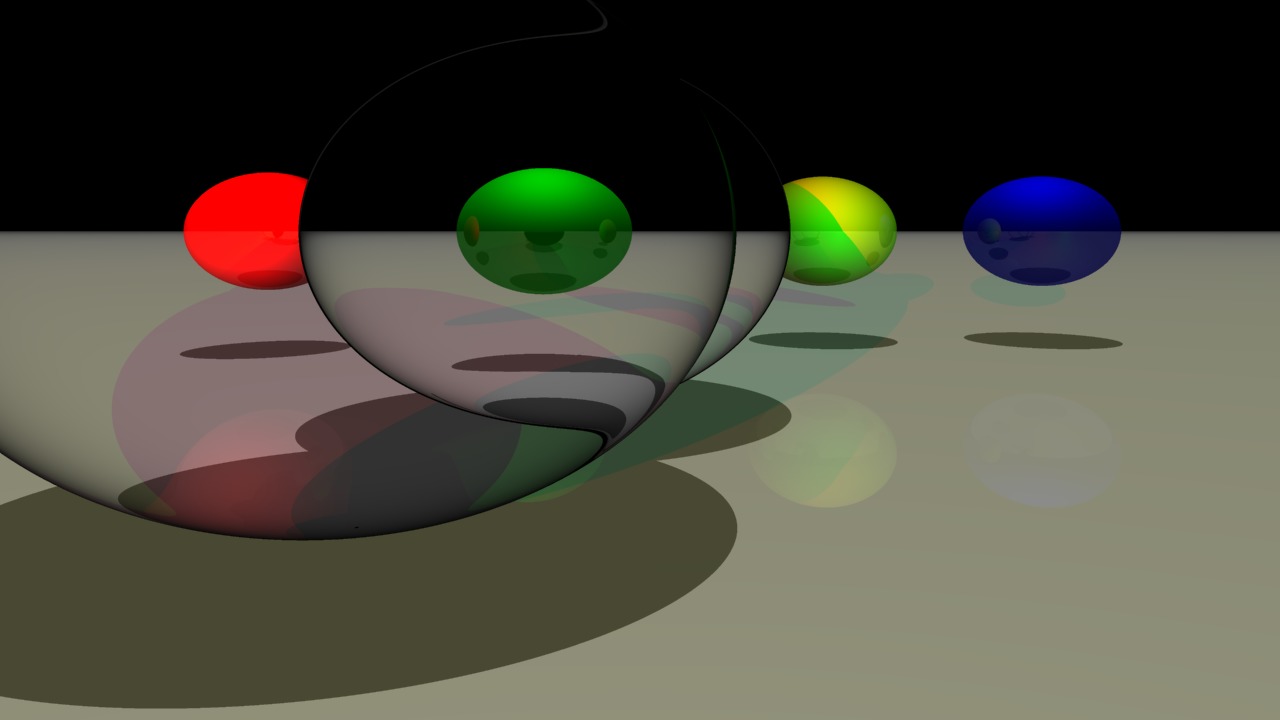The website is to showcase final projects in Zoe Wood's CSC 473 (Advanced Rendering Techniques) class at California Polytechnic State University. The first final project is a Monte Carlo Raytracer, and the second is a basic demonstration of Google Cardboard VR utilizing Unity. I'll provide a brief overview of functionality covered in my raytracer and some lessons learned as well as sharing some thoughts regarding Google VR.
What is a raytracer you may ask? Well ultimately it is a program that decides what color to put into which pixel in a 2D image. It has a lot of complicated ways of doing things, and a lot of shortcuts that can be taken that are more efficient and make our render times reasonable and tolerable.
Raytracing is a technique for generating images by tracing the path of lights in your environment through various objects, and determining how that light interacts with those objects. The question we constantly ask ourselves is "what color is that pixel?"
This image showcases multiple light complexity with various light colors. Multiple lights are fascinating especially on low polygon count images.
 Bunny Povray File
Bunny Povray File
This image showcases nested refraction using Schlick's approximation, and more complex reflections. This allows us to see the effect that multiple refractive objects have on one another which can lead to really intriguing visual effects.
 Nested Refract Povray File
Nested Refract Povray File
This image showcases a crystal ball like scene, were you are viewing the entire scene through a refractive object. At the back of the scene there is a large reflective object that reflects the entire scene and the refractive sphere as well.
 Marble Povray File
Marble Povray File
Google Cardboard VR is an approachable and economic way to start developing and experiencing virtual reality. The games you create for Google Cardboard can't have much interaction with them because you only have access to a single buttong for a trigger. Therefore, Google Cardboard was never meant to be a serious means of experience VR, but rather an introduction to the experience that more advanced VR platforms provide.
Here is a basic example that you can create using some basic models and minimal experience in Unity and then exporting to a device.




Note: These links are not guaranteed to be static and may expire. These are assets that were utilized in the construction of this scene, and all credit given to the respective asset producers.